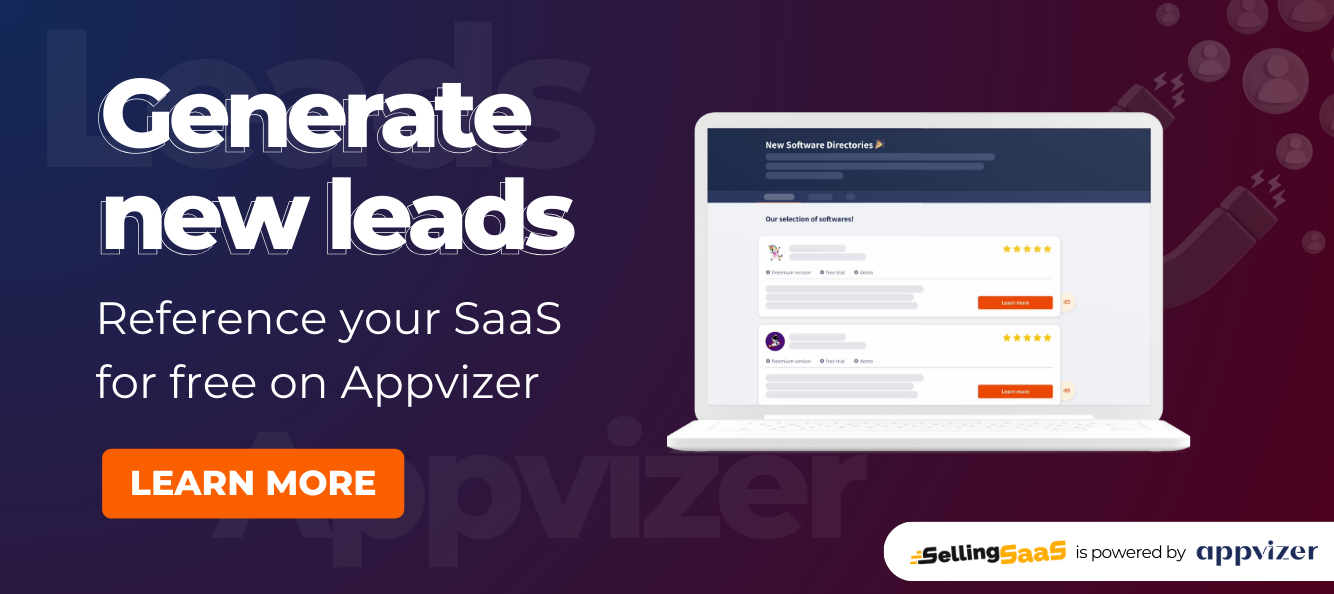In the dynamic landscape of Software as a Service (SaaS), understanding the longevity of customer relationships is paramount. The concept of Average Customer Life emerges as a vital metric, offering profound insights into customer retention, satisfaction, and the very foundation of SaaS success.
The Essence of Average Customer Life in SaaS
Average Customer Life is not just a mere statistic; it’s a compass that guides SaaS businesses toward lasting prosperity. Delve into the heart of this metric to unveil its profound significance:
- Defining Customer Longevity: At its core, Average Customer Life encapsulates the average duration for which customers maintain their engagement with a SaaS company. It’s more than a numerical value; it’s a reflection of the bond forged between the business and its clientele.
- Strategizing Retention: In the realm of SaaS, customer retention is the bedrock of sustainability. Average Customer Life provides the foundation for crafting effective retention strategies. By gauging how long customers stay engaged, SaaS companies can pinpoint opportunities to enhance the customer experience and build lasting relationships.
- Loyalty Barometer: Longer Average Customer Life typically signifies higher levels of customer satisfaction and loyalty. In an era where competition in the SaaS arena is fierce, loyal customers become brand advocates, driving referrals and organic growth.
- Service Efficacy: The effectiveness of customer service and support initiatives is laid bare by Average Customer Life. It serves as a litmus test, revealing whether the company’s efforts in delivering value and resolving issues resonate with the customer base.
Calculating Average Customer Life in SaaS
To calculate Average Customer Life in the context of SaaS, follow this formula:
mathematicaCopy code
Average Customer Life = Total Customer Lifespan / Number of Customers
- Total Customer Lifespan: This represents the cumulative duration for which all customers have engaged with the SaaS product or service.
- Number of Customers: This figure is the total count of customers currently subscribed or engaged with the SaaS company.
The Ripple Effect of a Prolonged Average Customer Life
In the SaaS sphere, a prolonged Average Customer Life sets in motion a series of favorable outcomes:
- Stable Revenue Streams: Longer customer engagements translate to more predictable and stable revenue streams. SaaS providers can rely on a solid customer base for ongoing financial sustainability.
- Refined Product Roadmaps: With a deeper understanding of customer needs over an extended period, SaaS companies can fine-tune their product roadmaps. This alignment ensures that the product remains relevant and valuable to customers.
- Cost Efficiency: Acquiring new customers often comes with significant costs. A prolonged Average Customer Life allows SaaS businesses to allocate resources more efficiently by focusing on customer retention rather than aggressive acquisition.
- Competitive Edge: Loyal, long-term customers become advocates and provide a competitive edge. They contribute to organic growth through referrals and positive word-of-mouth, reducing the need for expensive marketing campaigns.
In the ever-evolving world of SaaS, where customer relationships reign supreme, Average Customer Life serves as both a compass and a mirror. It guides businesses toward customer-centric strategies and reflects the health of these pivotal relationships, ultimately paving the path to sustained success and growth.


